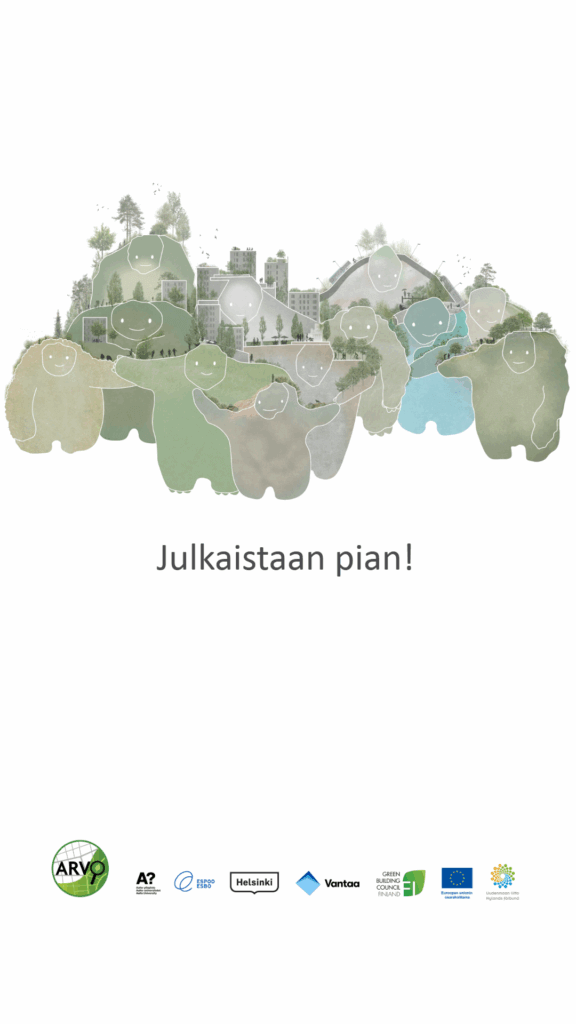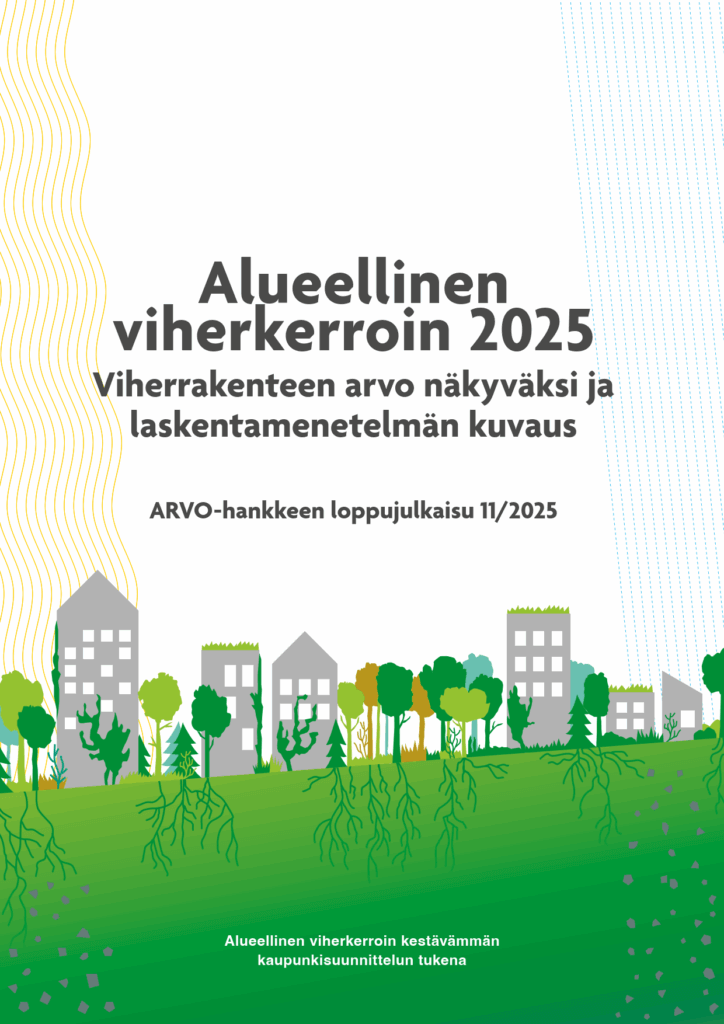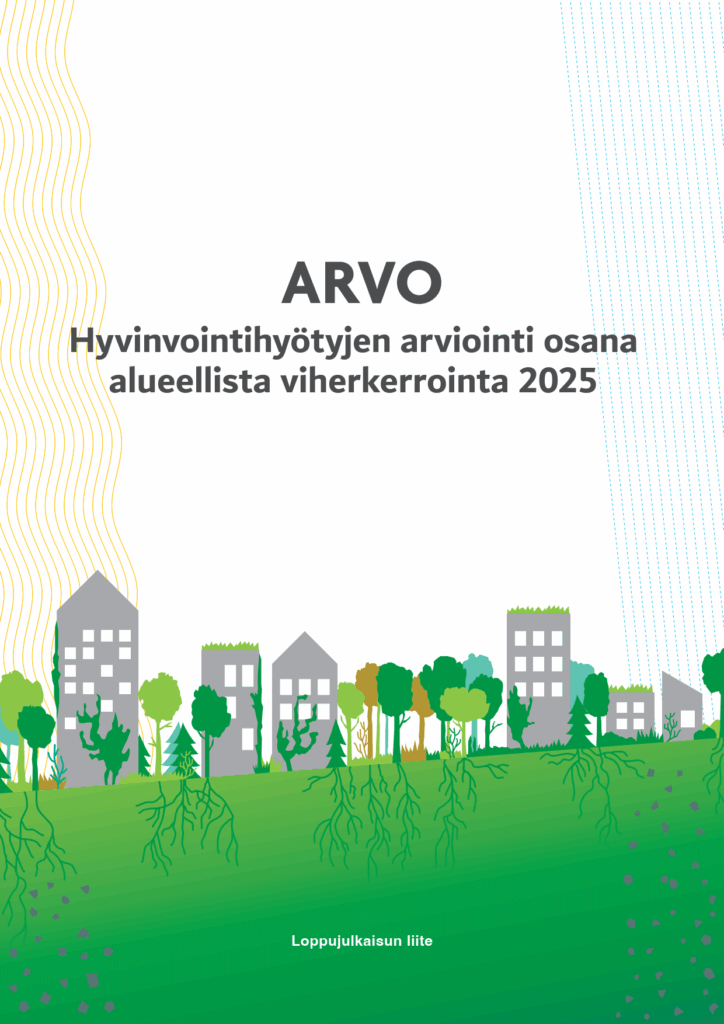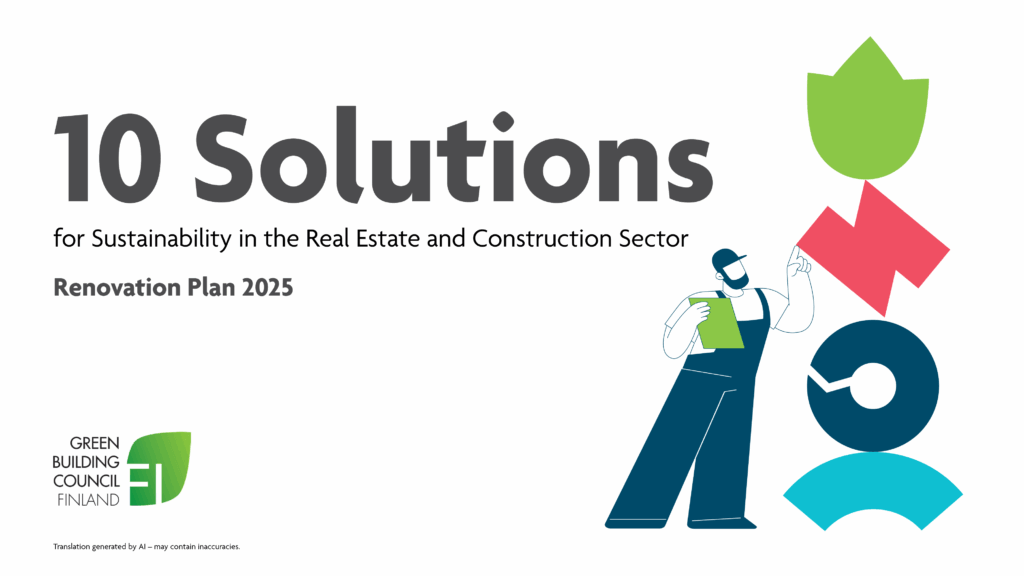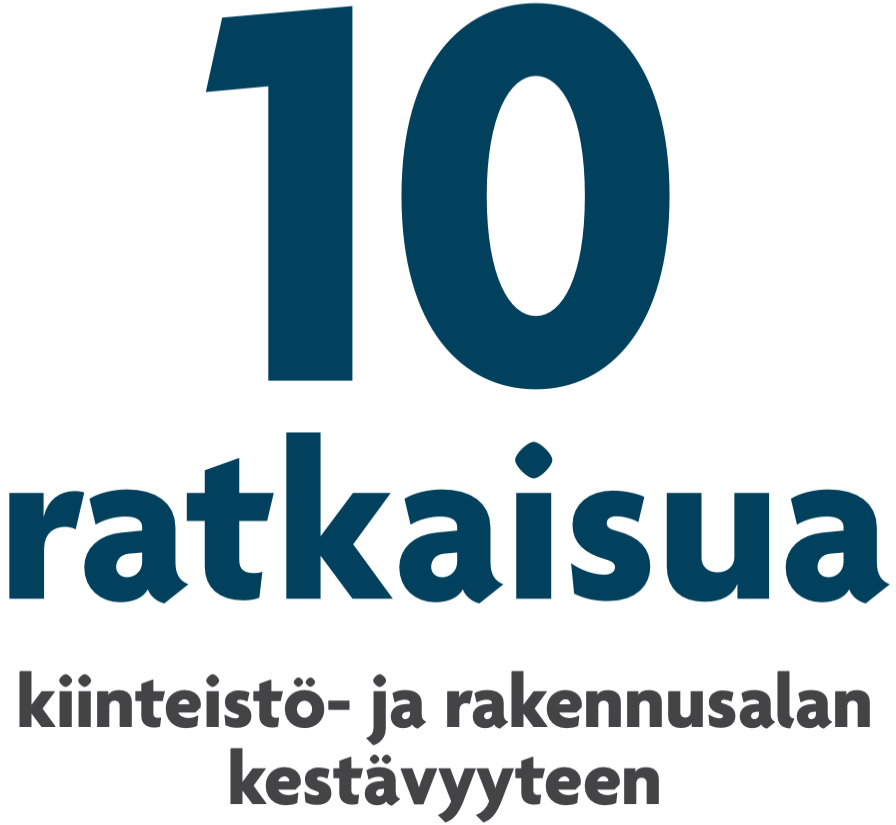In the UN 2030 Agenda for Sustainable Development, Goal 9 deals with resilient infrastructure and sustainable industrialization. Goal 11 aims at resilient and sustainable cities. Target 11.c looks for a proper indicator for sustainable and resilient buildings utilizing local materials. Targets 11.b calls for policies and plans towards resource efficiency, mitigation and adaptation to climate change and resilience to disasters. Target 13.1 strengthens resilience and adaptive capacity to climate-related hazards and natural disasters.
The work in One Planet Sustainable Buildings and Construction Programme (SBC) focuses on circular built environment and responsibly sourced building materials.
SBC presented key findings from their global survey on circularity in the UN 2030 Agenda in the WCEF Accelerator session Making the Business Case for Advancing a Low-carbon, Circular Built Environment 15 September 2021. Based on 175 responses from all continents, SDG11 Cities, SDG12 Sustainable Consumption and Production and SDG13 Climate Change were identified the most important ones in all regions. They were followed by SDG8 Economy and SDG9 especially in the industrialized northern hemisphere whereas SDG6 Water and SDG7 Energy scored highest particularly in the Global South.
The results correspond well to the resilience aspects in Industry (SDG9) and Cities (SDG11) relating with Climate (SDG13). At an indicator level, the ones on Material footprint (8.4.2 and 12.2.1), CO2 emissions (9.4.1), Local materials (11.c.1) and Recycling rate (12.5.1) topped. The ones that followed, had some regional variation in Africa, Asia and Latin America.
SBC works in these regions on locally adapted indicators that can be implemented in country policies, even brought to a project level assessing the state, setting targets and monitoring the trends.
SBC collects also circular case studies from those regions covering different life cycle stages and impacts that could be replicated in other countries and scaled up in their regions. SBC’s ongoing SDG12 Resource Efficient Housing project supports the work in its first pilot countries Burkina Faso and Sri Lanka.
State of the Play for Circular Built Environment reports from Africa, Asia and the LAC region will be launched in the Nordic Council of Ministers’ Pavilion in the Building Materials in the Global Climate Agenda session in COP26 starting 3 November 2021 at 14:15 GMT.
For more information, please contact: Pekka Huovila (pekka.huovila(at)slab.fi)
